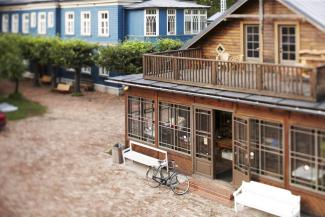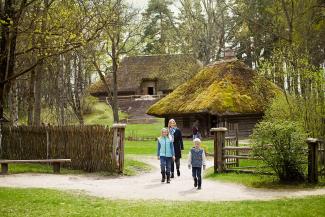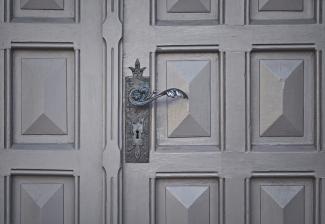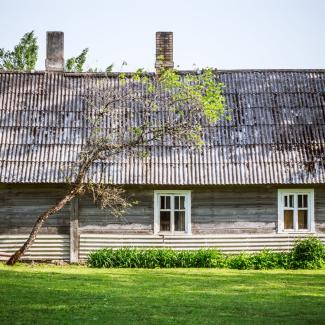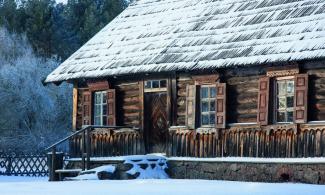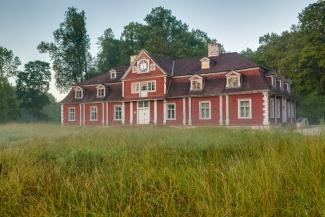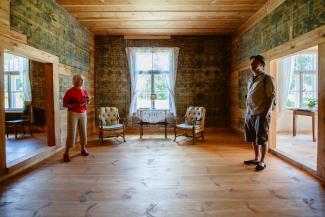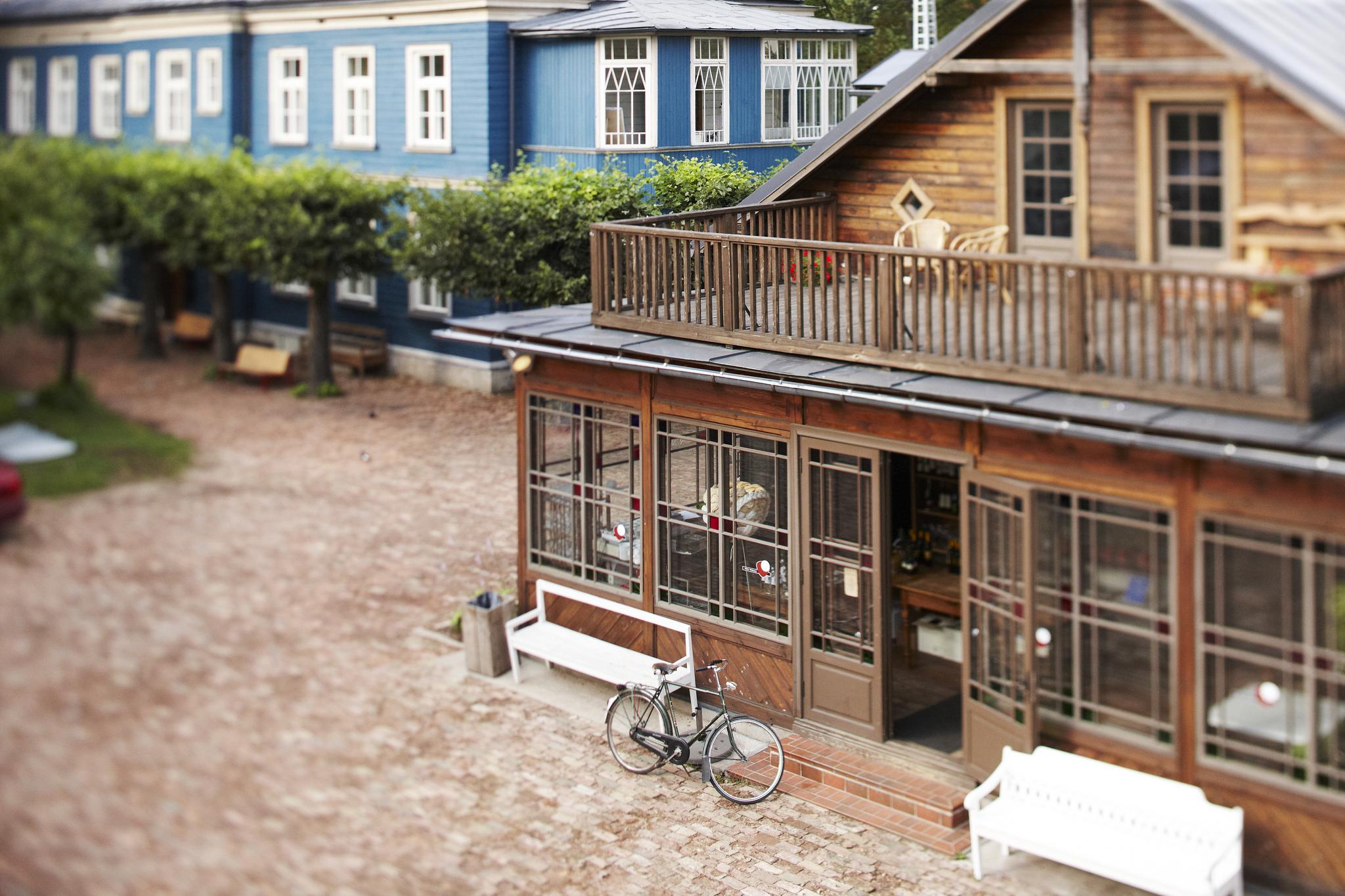
Wooden architecture
Latvia is proud to have several thousand wooden buildings - from homesteads to family homes to establishments. Today, wooden architecture is not only an important part of the historic heritage of Latvia, but also the environment for...
